Original autograph manuscript of his published memoir Destruction and Reconstruction.
New York and Winchester, VA: c. December 1877 to July 1878]. 354 pp., mostly on tall 4to sheets ruled paper but including one section on smaller stationery (principally: 310 x 200 mm). Signed within the text. Written in four distinct sections, the first two paginated continuously 1-56 and 57-65, the next section paginated 1-209 and the final section paginated 1-79. Preceded by a dated 1-p. "Header" and followed by a dated 1-p. "Post Scriptorum.” Cross outs, corrections and additions in his hand throughout, suggesting this to be an early and likely first draft of the manuscript. the original manuscript to one of the finest published memoirs of the civil war written by a confederate general. First published in April 1879, Richard Taylor's Destruction and Reconstruction is widely regarded as one of the finest memoirs of the Civil War written by a Confederate general. The present manuscript is a complete draft of the work. Although the final printed text contained a few sentences and brief passages not included in this manuscript, these are minor additions amounting to no more than two or three pages of printed text in total. Further, the present manuscript bears some text which did not appear in the published version (including, for example, a description of William L. Yancey, a delegate to the national Democratic Convention of 1860). It appears that this manuscript was Taylor's first draft of his book. The earliest pages are written on small leaves of stationery, some of which bear a printed Madison Avenue, New York address. According to Taylor's biographer, T. Michael Parrish (Richard Taylor Soldier Prince of Dixie, 1992), Taylor at first resisted the idea of writing his memoirs, despite the urging of Dabney Maury, the editor of the new Southern Historical Society Papers, and Samuel L. Barlow, a prominent New York attorney, influential Democrat, and Taylor's employer. By the end of 1877, Taylor reported to Barlow that "Your nagging has driven me to scribbling" (quoted in Parrish). His "scribbling" evidently began in New York on stationery readily available to him. As he became more serious, we presume he began to complete his memoirs on the large ruled sheets. By January 1878, Taylor told Barlow that he had completed 165 pages of foolscap manuscript. In the same month, Taylor published portions of what would become the first four chapters of his book in the North American Review under the title "Reminiscences of the Civil War." The same journal published in March 1878 a second article by Taylor: "Stonewall Jackson and the Valley Campaign" which would become the fifth chapter of the eventual book. It appears as if the type for both of Taylor's North American Review articles was set from the present manuscript. Taylor was a member of the Louisiana secession convention of 1861, where he supported secession and preparations for war. In July 1861 he was commissioned colonel of the 9th Louisiana Infantry. Rising to brigadier general in October 1861, Taylor commanded his brigade in Jackson's Valley campaign as well as the Seven Days battles the following spring. Promoted to major general in July 1862, Taylor moved to Louisiana where he harassed federal supply trains and destroyed Union gunboats. In 1864, Taylor repulsed Bank's Red River expedition. Destruction and Reconstruction is an indispensable source for all of the operations in which Taylor participated, especially the defense of Louisiana and the Red River campaign. It is also highly valuable for the rich descriptions of the people and places he encountered during his war-time service. He praises some of his Union adversaries, including McClelland and Grant, where praise is due, and condemns those guilty of unsoldierly conduct, especially Sherman and Sheridan. His discussions of Confederate commanders are candid and detailed. His portrait of Stonewall Jackson is one of the finest in the literature, evidencing a deep respect for the general as well as a droll appraisal of his
Original autograph manuscript of his published memoir Destruction and Reconstruction.
New York and Winchester, VA: c. December 1877 to July 1878]. 354 pp., mostly on tall 4to sheets ruled paper but including one section on smaller stationery (principally: 310 x 200 mm). Signed within the text. Written in four distinct sections, the first two paginated continuously 1-56 and 57-65, the next section paginated 1-209 and the final section paginated 1-79. Preceded by a dated 1-p. "Header" and followed by a dated 1-p. "Post Scriptorum.” Cross outs, corrections and additions in his hand throughout, suggesting this to be an early and likely first draft of the manuscript. the original manuscript to one of the finest published memoirs of the civil war written by a confederate general. First published in April 1879, Richard Taylor's Destruction and Reconstruction is widely regarded as one of the finest memoirs of the Civil War written by a Confederate general. The present manuscript is a complete draft of the work. Although the final printed text contained a few sentences and brief passages not included in this manuscript, these are minor additions amounting to no more than two or three pages of printed text in total. Further, the present manuscript bears some text which did not appear in the published version (including, for example, a description of William L. Yancey, a delegate to the national Democratic Convention of 1860). It appears that this manuscript was Taylor's first draft of his book. The earliest pages are written on small leaves of stationery, some of which bear a printed Madison Avenue, New York address. According to Taylor's biographer, T. Michael Parrish (Richard Taylor Soldier Prince of Dixie, 1992), Taylor at first resisted the idea of writing his memoirs, despite the urging of Dabney Maury, the editor of the new Southern Historical Society Papers, and Samuel L. Barlow, a prominent New York attorney, influential Democrat, and Taylor's employer. By the end of 1877, Taylor reported to Barlow that "Your nagging has driven me to scribbling" (quoted in Parrish). His "scribbling" evidently began in New York on stationery readily available to him. As he became more serious, we presume he began to complete his memoirs on the large ruled sheets. By January 1878, Taylor told Barlow that he had completed 165 pages of foolscap manuscript. In the same month, Taylor published portions of what would become the first four chapters of his book in the North American Review under the title "Reminiscences of the Civil War." The same journal published in March 1878 a second article by Taylor: "Stonewall Jackson and the Valley Campaign" which would become the fifth chapter of the eventual book. It appears as if the type for both of Taylor's North American Review articles was set from the present manuscript. Taylor was a member of the Louisiana secession convention of 1861, where he supported secession and preparations for war. In July 1861 he was commissioned colonel of the 9th Louisiana Infantry. Rising to brigadier general in October 1861, Taylor commanded his brigade in Jackson's Valley campaign as well as the Seven Days battles the following spring. Promoted to major general in July 1862, Taylor moved to Louisiana where he harassed federal supply trains and destroyed Union gunboats. In 1864, Taylor repulsed Bank's Red River expedition. Destruction and Reconstruction is an indispensable source for all of the operations in which Taylor participated, especially the defense of Louisiana and the Red River campaign. It is also highly valuable for the rich descriptions of the people and places he encountered during his war-time service. He praises some of his Union adversaries, including McClelland and Grant, where praise is due, and condemns those guilty of unsoldierly conduct, especially Sherman and Sheridan. His discussions of Confederate commanders are candid and detailed. His portrait of Stonewall Jackson is one of the finest in the literature, evidencing a deep respect for the general as well as a droll appraisal of his

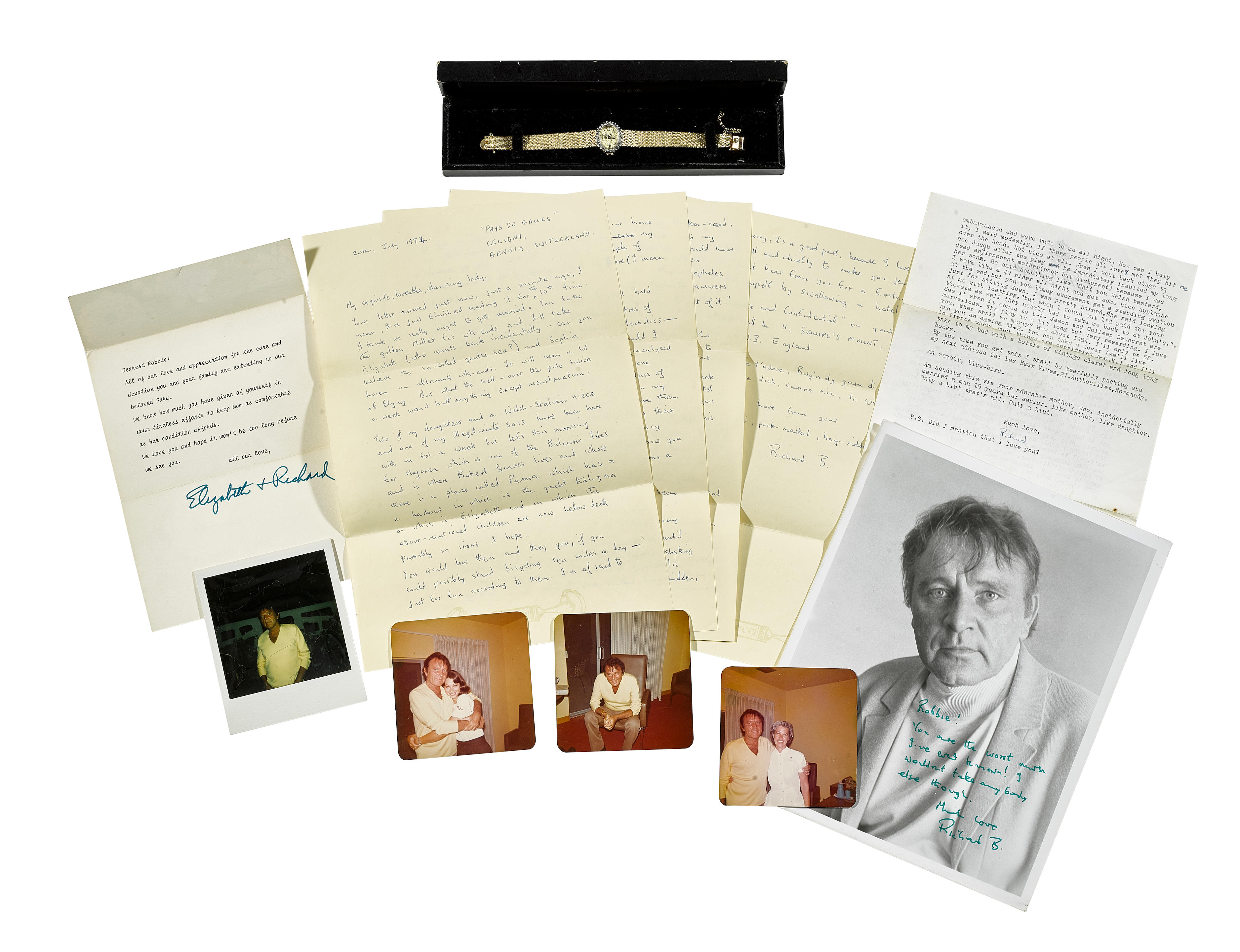




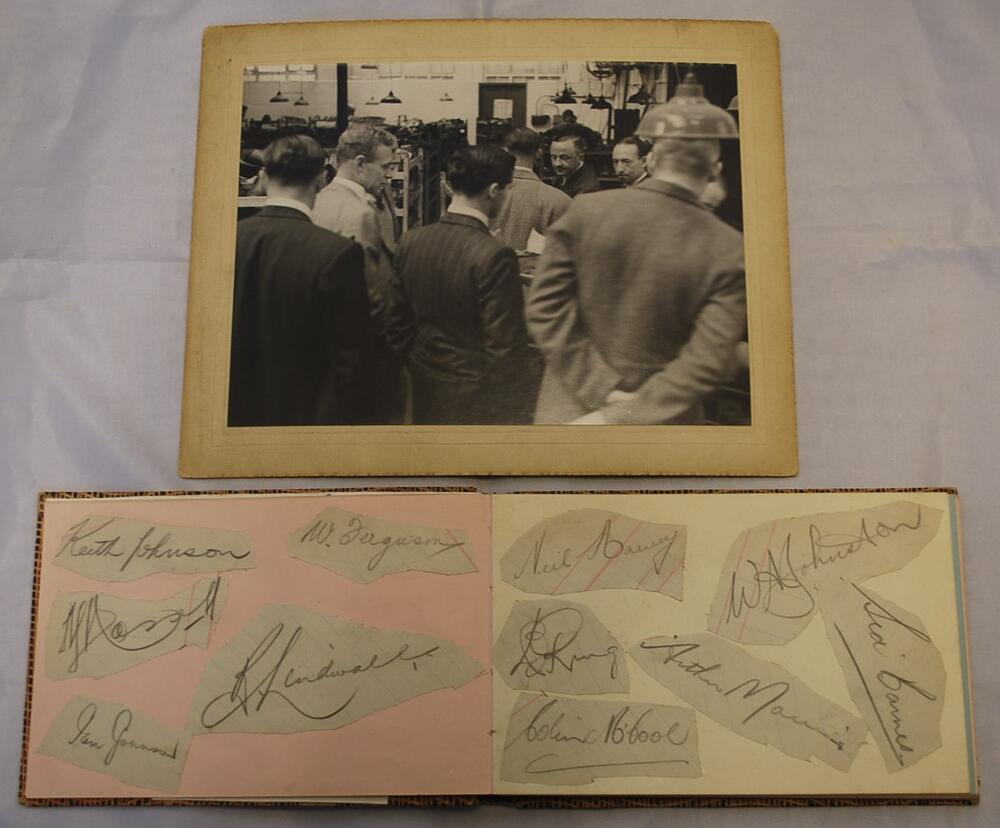
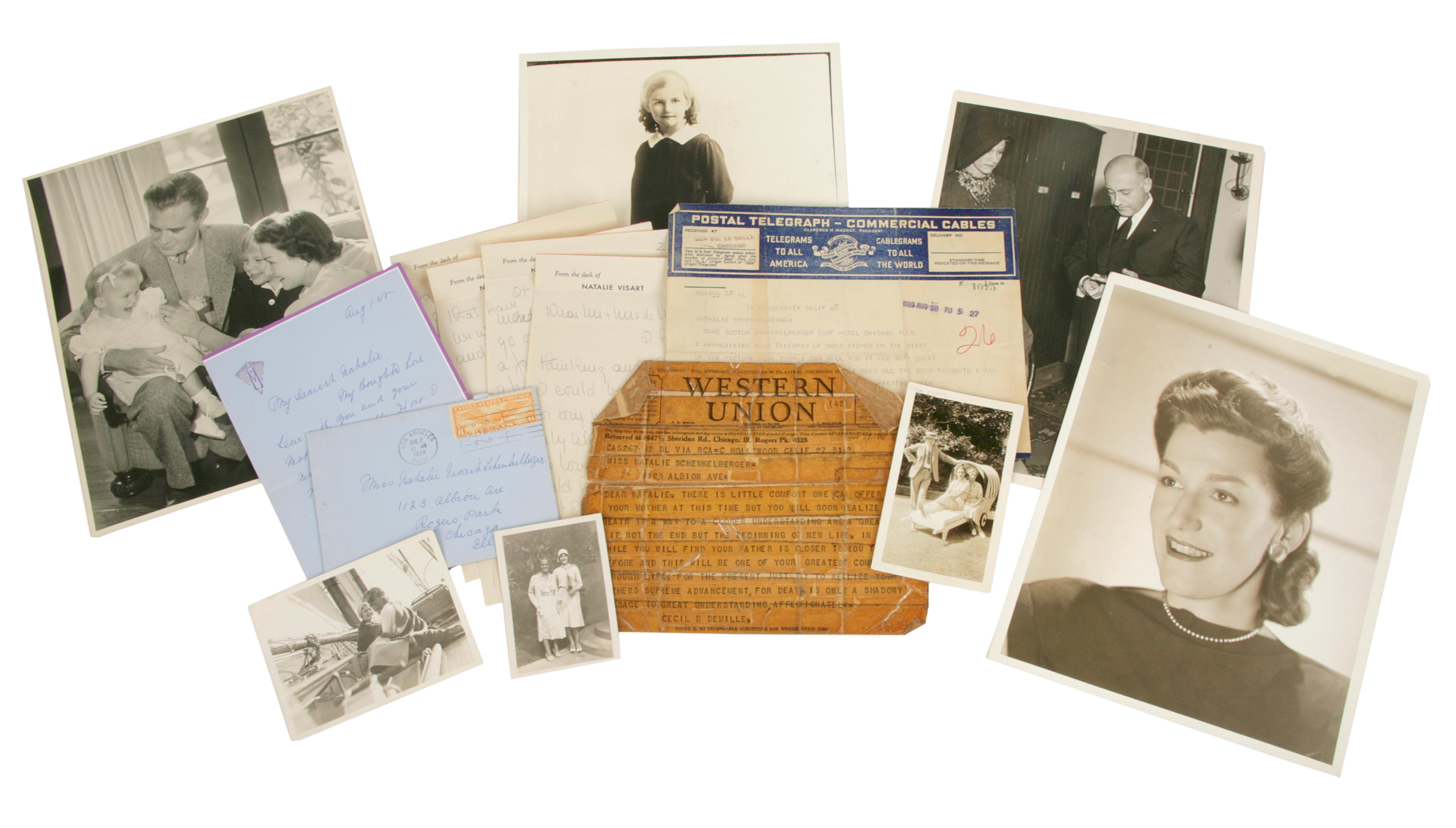


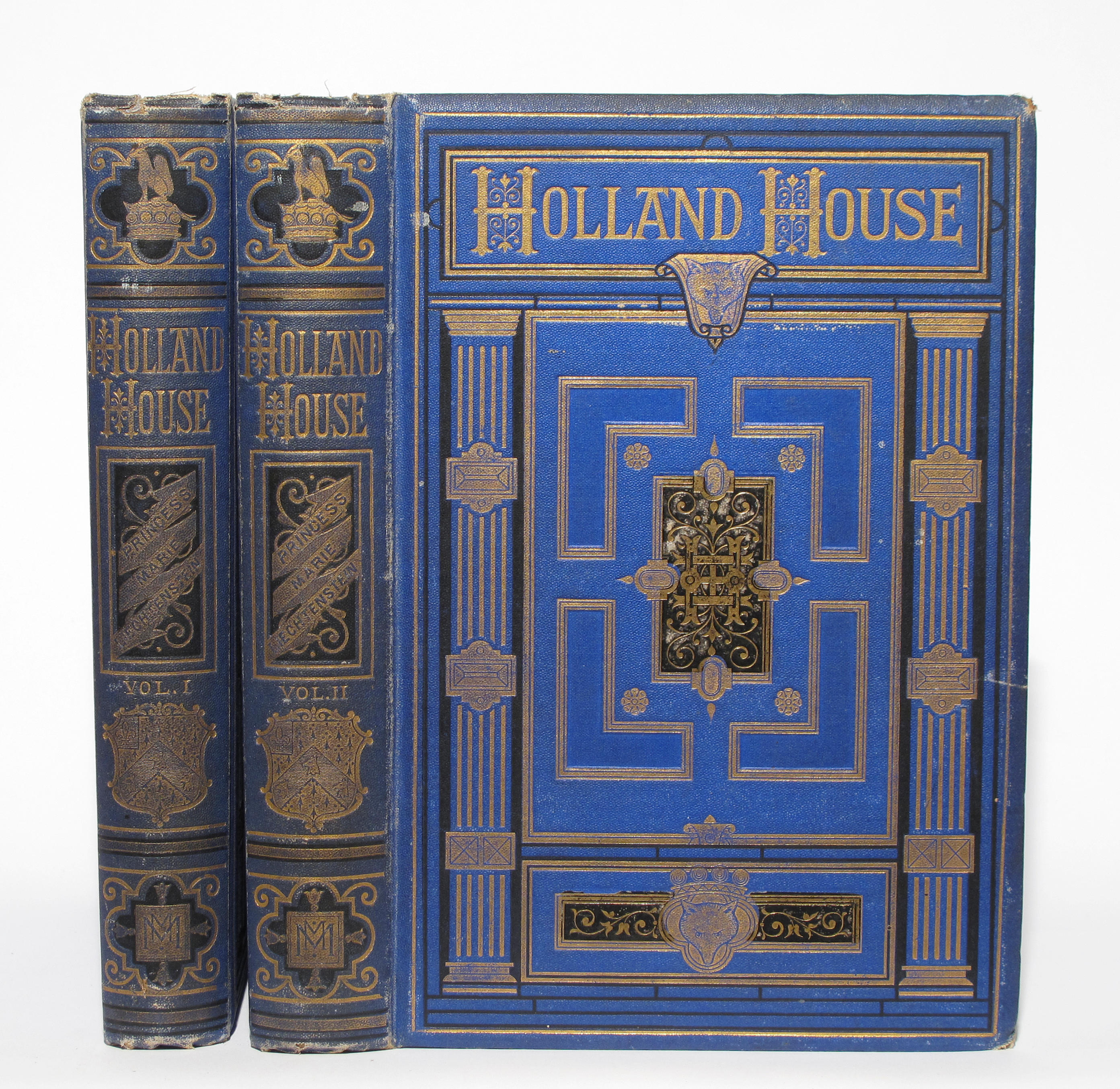

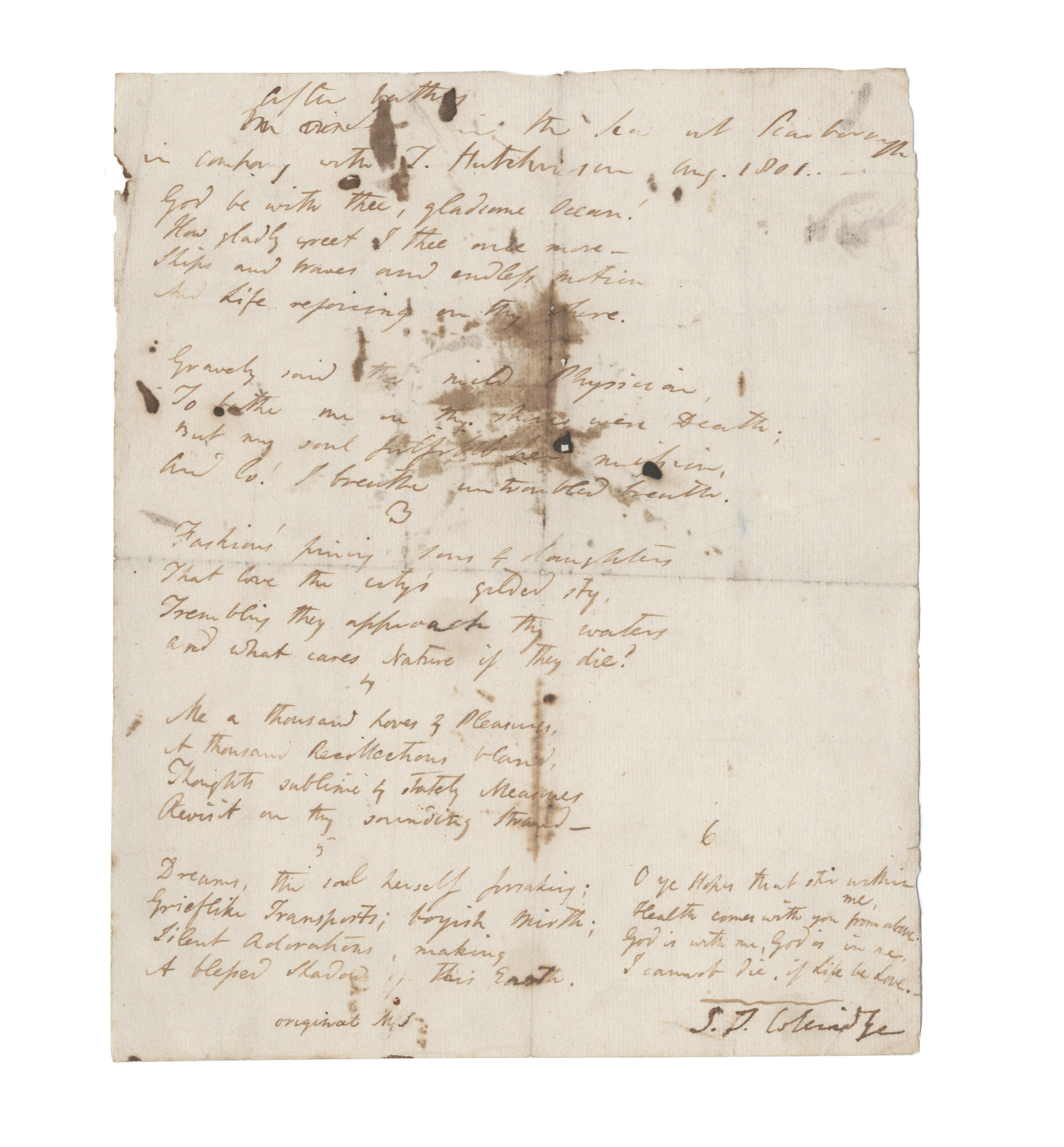

Try LotSearch and its premium features for 7 days - without any costs!
Be notified automatically about new items in upcoming auctions.
Create an alert